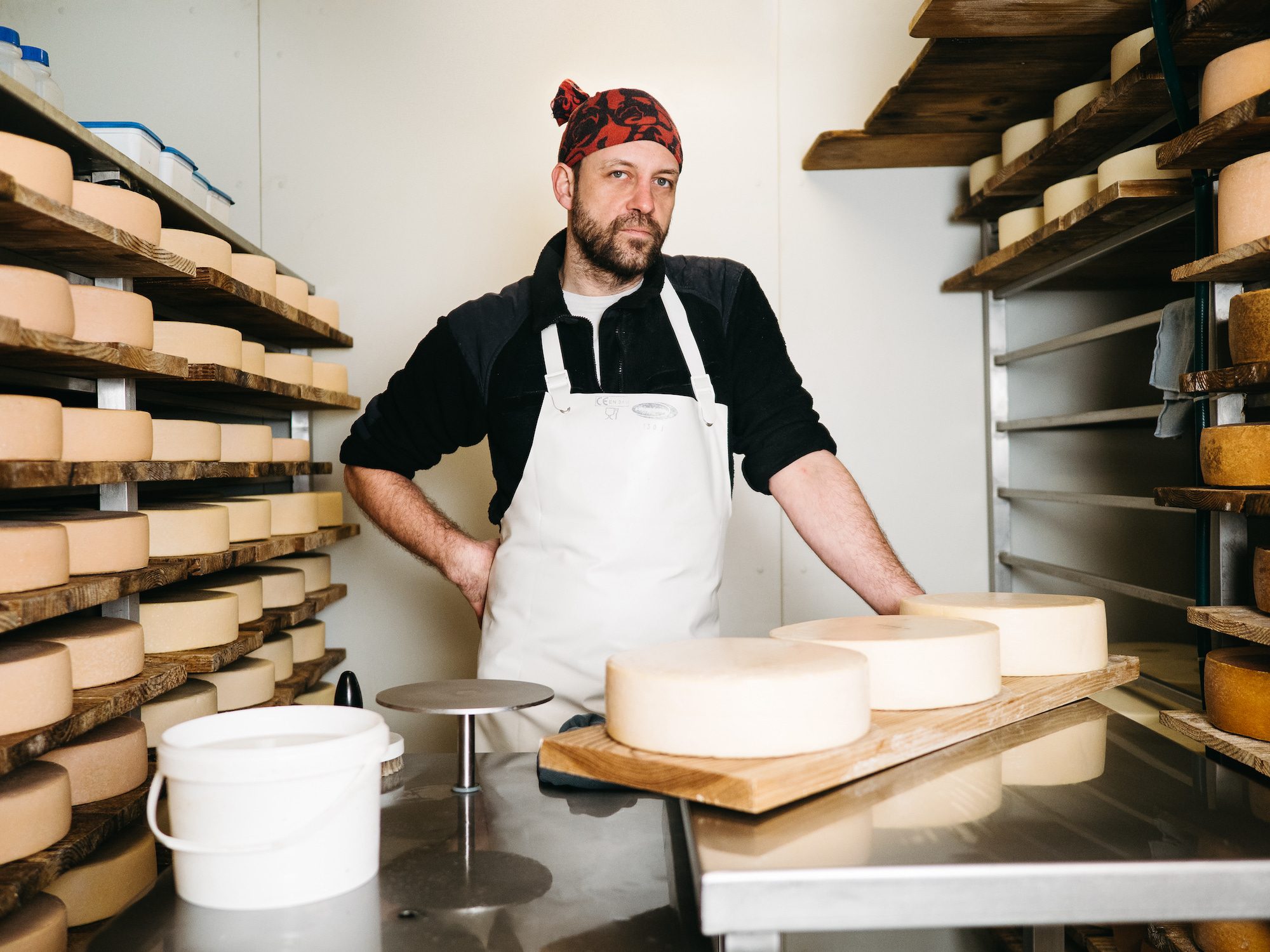Just How Floridia Cheese Melbourne Establishes the Standard for Regional Cheese Makers
Just How Floridia Cheese Melbourne Establishes the Standard for Regional Cheese Makers
Blog Article
Unlocking the Tricks of Artisanal Cheese Making: A Detailed DIY Overview
In the world of culinary craftsmanship, artisanal cheese making stands as a testimony to the fragile balance in between tradition and innovation. Each action in the process, from picking the ideal milk to developing aging strategies, holds within it a wealth of knowledge gave through generations. As we begin on this trip to debunk the art of developing splendid cheeses, we are confronted with a tapestry of secrets and abilities waiting to be unraveled. Join us as we explore the intricacies of this ancient craft, where science, art, and persistence merge to create tastes that tantalize the senses.
Choosing the Right Milk
When embarking on the trip of artisanal cheese production, the selection of milk plays an important duty in identifying the quality and qualities of the final item. The type of milk picked impacts the flavor, texture, and generally account of the cheese.
When choosing milk for cheese making, it is necessary to think about the fat content. Greater fat content in milk can result in a creamier and richer cheese, while reduced fat content might result in a drier and firmer texture. In addition, the source of the milk, whether from cows, goats, lamb, or buffalo, adds unique flavors and characteristics to the cheese (Melbourne Made Cheese). Each type of milk brings its very own nuances, enabling for a wide array of cheese ranges to be crafted based on the chosen milk. Ultimately, the option of milk is a fundamental choice that establishes the foundation for a successful artisanal cheese-making endeavor.
Culturing and Coagulating
To initiate the cheese-making procedure, the crucial steps of culturing and coagulating need to be meticulously executed to transform milk into curds and whey. Culturing involves introducing valuable bacteria to the milk, which after that starts the fermentation procedure. These germs convert lactose (milk sugar) right into lactic acid, producing the acidic setting necessary for coagulation. The sort of society used can dramatically impact the taste, appearance, and ripening of the final cheese item.

The timing and temperature control throughout culturing and coagulation are important elements that influence the final result of the cheese. Appropriate implementation of these actions is important to make certain the desired structure, flavor, and consistency of the artisanal cheese being generated.
Draining and Pushing Curds
After the milk healthy proteins have actually coagulated and the curds have actually been cut to release whey, the next critical action in artisanal cheese making involves draining pipes and pressing the curds to attain the desired structure and uniformity of the final cheese product. The time for draining pipes can vary depending on the type of cheese being made and the preferred dampness web content.
Once the curds have adequately drained pipes, the next action is pressing. Pressing helps eliminate any continuing to be whey and compacts the curds to form a strong cheese wheel. Pushing can be done using specialized cheese presses that apply mild and consistent stress over a time period. The period and stress applied during pushing will influence the last appearance of the cheese, from velvety and soft to tough and firm. see it here Appropriate draining and pushing are vital steps that substantially affect the quality and features of the artisanal cheese being produced.
Aging and Flavor Strategies
Applying precise aging and flavoring techniques is crucial in boosting the deepness and complexity of artisanal cheeses, elevating their taste profiles to splendid levels of refinement and refinement. Aging plays a critical function in developing the unique tastes and textures that differentiate artisanal cheeses.
Seasoning methods likewise contribute substantially to the last preference of artisanal cheeses. Cheesemakers might pick to introduce additional flavors by incorporating components such as natural herbs, seasonings, or perhaps fruits into the cheese during the production process. Additionally, some cheeses are cleaned or scrubed with different pop over to this site fluids, such as brine or alcohol, to boost their flavors and appearances.
Covering and Saving Cheeses

Final Thought
In conclusion, understanding the art of artisanal cheese making includes carefully choosing the ideal milk, adhering to exact culturing and coagulating processes, draining and pressing curds successfully, and making use of different aging and flavor techniques. By complying with these steps carefully and with interest to information, you can create your own scrumptious and unique cheeses in your home. Bear in mind to cover and keep your cheeses properly to make Check This Out sure optimum taste and texture development. Delighted cheese making!
Each kind of milk brings its very own nuances, allowing for a broad range of cheese varieties to be crafted based on the chosen milk.After the milk healthy proteins have actually coagulated and the curds have actually been reduced to launch whey, the following essential step in artisanal cheese making involves draining pipes and pressing the curds to attain the wanted appearance and uniformity of the final cheese product. Most cheeses should be wrapped in wax paper or cheese paper to allow them to take a breath while shielding them from drying out. For cheeses that require to continue aging, such as bloomy rinds or washed peels, ensure they are stored in an amazing environment like a cheese cavern or a refrigerator established to the suitable temperature. By paying focus to the covering and storage of artisanal cheeses, cheese makers and fanatics can protect the stability of these specials and totally appreciate their complicated flavors.
Report this page